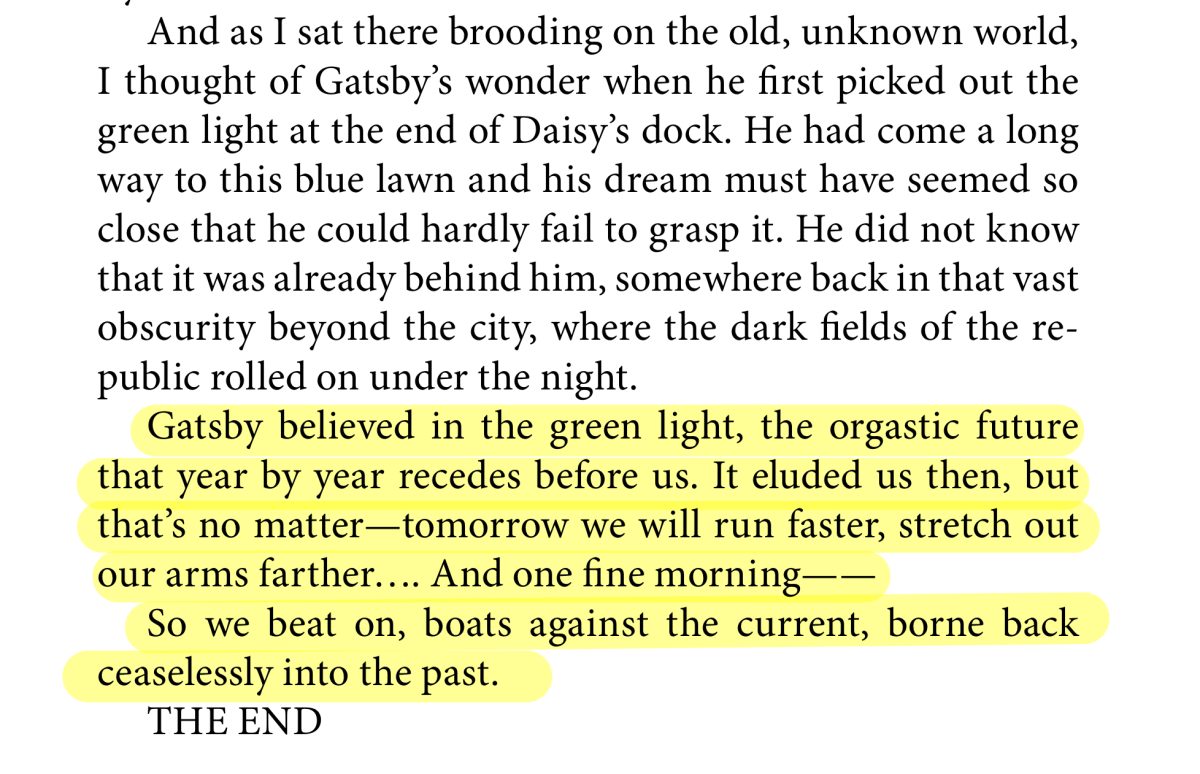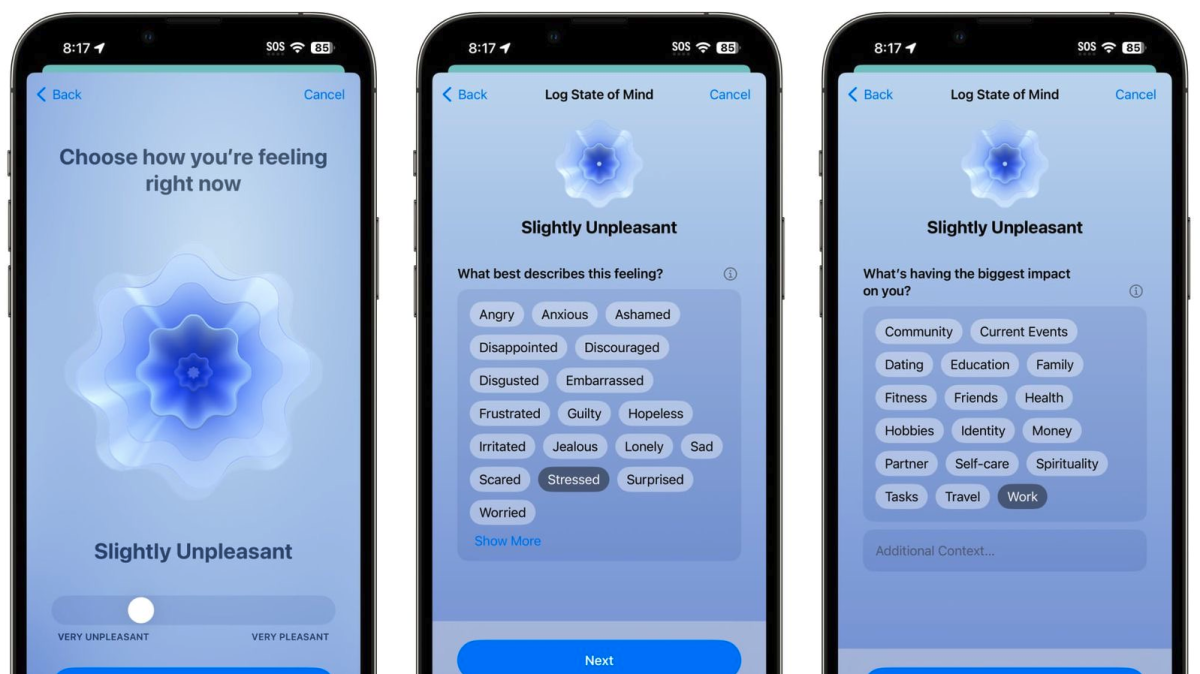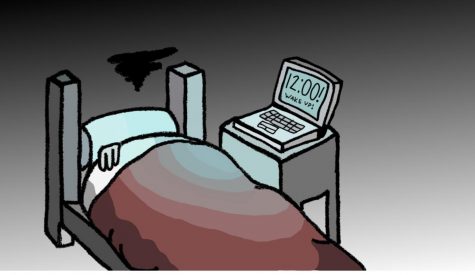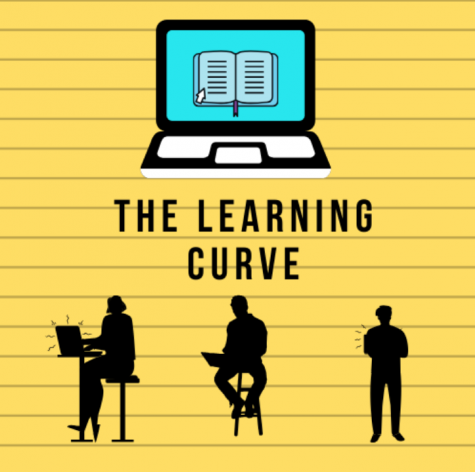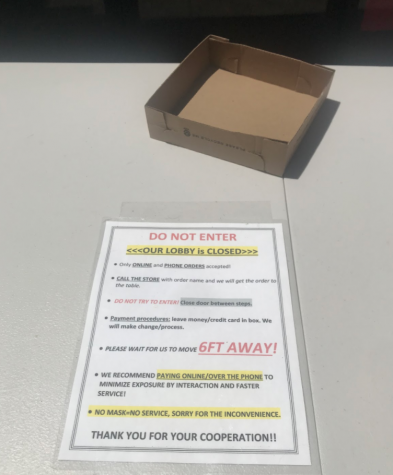The cost of living in paradise
“The housing market is doing well now,” Mr. Filippone said. “The cost of housing has definitely gone up since 2008. Do I think it will crash anytime soon? No. The regulations that were put on the banking industry and the loans that were given out to people have tightened up quite a bit.”
October 22, 2016
Cathedral Catholic High School student Vivian Galindo ’17 comes from a family who has to wait before it can afford to buy goods and services such as video game consoles, new cars, and expensive vacations.
Affording private school tuition is a struggle for many families like the Galindo family, and in many instances, the cost of living in San Diego County is a major factor.
It is the price they pay to live in paradise.
“People want to live here because it’s nice all year-round,” government and economics teacher Mr. Joe Filippone said. “They call it the sun tax. San Diego is also a good place to do business because it’s a border town, so a lot of companies have their headquarters here and then have a maquiladora down in Tijuana so it’s cheaper to make their products.”
According to payscale.com, the average cost of housing in San Diego is 102 percent higher than the national cost of housing, and overall, San Diego is the 12th most expensive city in the United States to live in.
Of course, two driving factors that elevate the cost of living in San Diego are its year-round Mediterranean-type weather conditions and its location along the Pacific Ocean with endless scenery. Other factors include San Diego’s status as a biotech hub and its world-renowned universities.
According to a July 15, 2016 update by the Bureau of Labor Statistics, San Diego’s consumer price index, or CPI, of the first half of 2016, which consists of all consumer factors such as cost of housing, food, and gasoline, was 272.628. This was a one percent increase over the second half of 2015’s CPI of 271.528. The CPI is meant to display the weighted average of a basket of goods in a specific area.
San Diego’s CPI is certainly not the highest in California, but San Diego’s CPI is higher than the CPIs of other major California cities. Los Angeles’s CPI for the first half of 2016 was only 249.947, and San Francisco’s CPI was 266.041.
There are various reasons why San Diego’s CPI is so high. According to rentbits.com, the average one bed apartment in San Diego costs $1,950. The San Diego Association of Realtors reports that the average sales price of a single-family home in San Diego County is $725,070 as of Sept. 2016. This price increased almost eight percent over last year’s average single-family home price.
With this information in mind, it is no wonder why families may find it hard to send their children to CCHS. Finding a cheap, decently-priced house around CCHS is nearly impossible, which is why many families choose to remain farther away from CCHS. However, commuting back and forth can be expensive.
For the Galindos, the problems of affording Cathedral Catholic’s tuition and commuting are solved by Cathedral Catholic’s financial aid and school bus program.
“If I weren’t on financial aid, I wouldn’t be coming here,” Galindo said. “My family is somewhat well off, but not well enough that I can afford Cathedral Catholic’s full tuition like most other people at the school. The school’s very generous financial aid helps a lot.”
The bus program at CCHS makes it easy for Galindo to travel between her home in El Cajon and CCHS.
“I ride the bus to CCHS every day at 6:30 a.m. and have since freshman year. Back then it wasn’t a bus, but a van driven by a great teacher, Mr. DeAngelo,” Galindo said. “Riding a bus in the morning makes everything a lot easier for my family. It’s one less thing that we have to worry about in regards to school.”
Galindo plans on studying animation in college and hopes to attend the Laguna College of Art and Design, CSU Long Beach, or CSU Fullerton, but she will be considering whether or not she would like to remain in California in the future. The cost of living in San Diego County is definitely important for her to consider when making these decisions in the future.
This brings to question: what is most important for students to understand once they start considering where to move after college?
“You have to look and see what you want,” Mr. Filippone said. “Obviously if you go to college where it’s cheaper to live, you need to ask yourself, ‘Will I be able to get the job I want?’ My family bit the bullet by living in San Diego. We sacrificed small things to be able to live here.”
Mr. Filippone and his wife tried moving to Madison, Wisconsin where he said it was cheaper, but after previously living in San Diego for so long, he wanted to move back.
CCHS alumna Paulina Sahagun ’16, a freshman studying business finance at Northern Arizona University, is currently thinking about returning to San Diego.
“I might rent a house with my friends next year,” Sahagun said. “But I will probably only stay at NAU for two years and then transfer to Loyola Marymount University or USC because I miss California and there are better jobs in California for my profession.”
No matter if students can afford Cathedral Catholic’s tuition or not, Galindo believes students should be grateful, no matter what.
“People should appreciate being able to go to a nice private school,” Galindo said. “Especially one so deeply based in faith. There are so many people that would love to be in the same situation that can’t and have to make due with what they’ve got.”



































